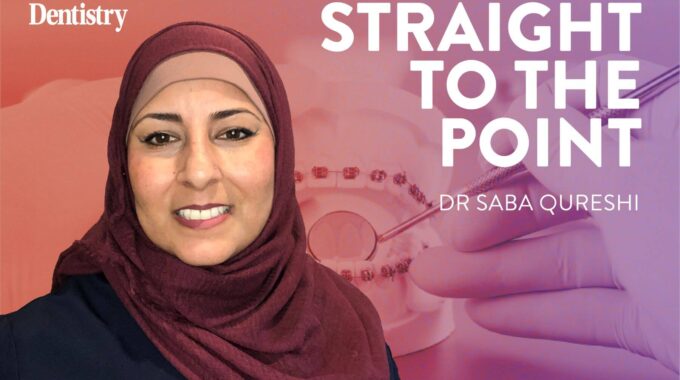Eating disorders are serious complex mental illnesses that affect people of all ages, genders, ethnicities…

Patient care tips for optimum after care
Good oral hygiene is an important factor in maintaining dental health for everyone, however, it becomes even more important for patients with braces, as such appliances induce bacterial growth, altering the microbial ecosystem of the oral cavity and increasing the risk of conditions such as periodontal disease, and caries
Fixed braces:
I’m a HUGE fan of fixed braces and the predictability of their results, but we all know how challenging they can be for our patients.
So, what instructions should fixed appliance patients be given?
- Minimum twice daily brushing with fluoride toothpaste– patients may choose to brush after meals as well but should be advised to wait at least 30 minutes, especially after acidic foods.
- Disclosing tablets for easy visualisation of areas of plaque accumulation- this should be encouraged at regular intervals throughout treatment.
- Electric toothbrushes make light work of plaque removal, but technique is still important, patients should be advised on correct angulation of the bristles for optimal plaque removal.
- Brushing for a minimum of 2 minutes is common knowledge but advising patients to brush above and below each bracket for 3 seconds each tooth ensures each surface is cleaned well.
- Use of interdental brushes is essential for removing food debris under archwires and around brackets.
- Daily use of a fluoride mouthwash has been shown to reduce the incidence of dental caries and can be a useful adjunct to brushing where flossing is difficult.
- Reducing dietary sugars such those from sweets and fizzy drinks helps to reduce the risk of white spot lesions and decay where brushing is already hampered.
- Restricting hard and chewy foods limits appliance breakages allowing smooth treatment progression.
- Discourage habits like nail biting and pen chewing to minimise breakages.
Removable braces and aligners:
One of the immediate advantages of such appliances is that they can be easily removed for toothbrushing and flossing, so the issues of navigating around brackets and wires disappear.
However, they are still medical devices and careful instructions regarding wear and care must be conveyed:
- Removal for eating is a requirement for most removable appliances and helps to reduce the chance of the appliance fracturing.
- Discourage hot drinks with appliances in, particularly where aligners are being worn. Very hot drinks may distort the aligners and adversely affect tooth movement.
- Avoid sugary/acidic drinks like fizzies or juice when the appliances are in the mouth. These can seep into the aligner or sit between the appliance and teeth, where they will be hidden from the cleansing properties of saliva, thus risking erosion or tooth decay.
- Wearing appliances as prescribed, generally fulltime except for eating, drinking and oral hygiene, allows for efficient treatment progression.
- Patients should be advised to maintain excellent oral hygiene to optimise tooth movement.
- As removable appliances are in the mouth all day and night and accumulate a multitude of bacteria over time, appliance cleanliness is paramount in reducing the risks of candida infections and caries. Appliances should be cleaned manually, using a toothbrush and liquid soap daily, and on a weekly basis using anti-microbial cleaning tablets eg. Retainer Brite.
The fact that they cannot be removed for brushing means that patients need to be carefully instructed on the best ways to clean around the braces and the risks associated with ignoring such advice.
Written and verbal instructions, along with demonstration of these techniques, provides the best chance of patients retaining instructions they have been given
Whilst many factors can influence patient retention of care instructions, studies show that 40-80% of medical information provided by healthcare practitioners is forgotten immediately. This highlights the importance of regular reminders.
